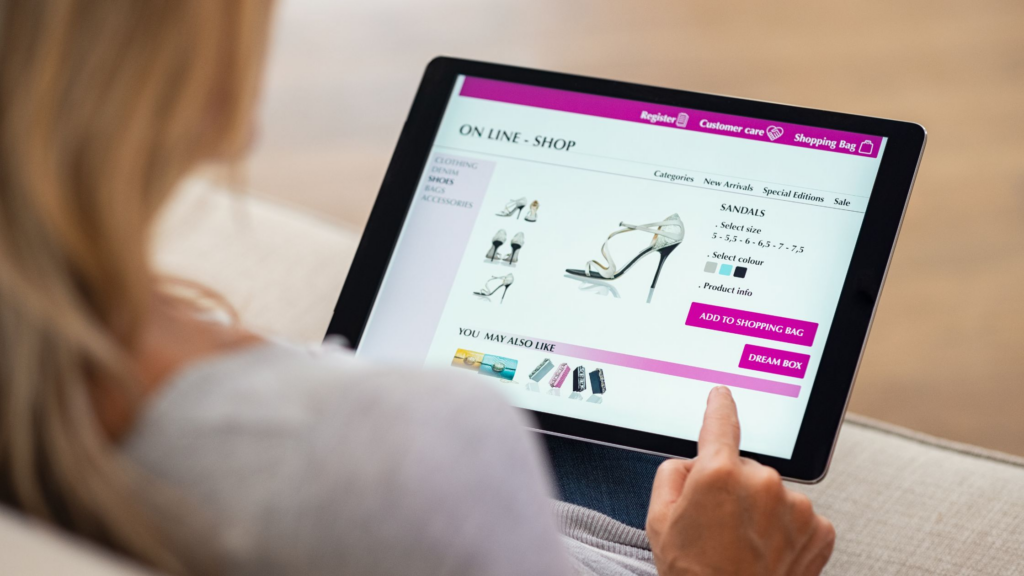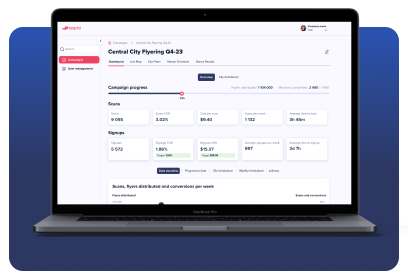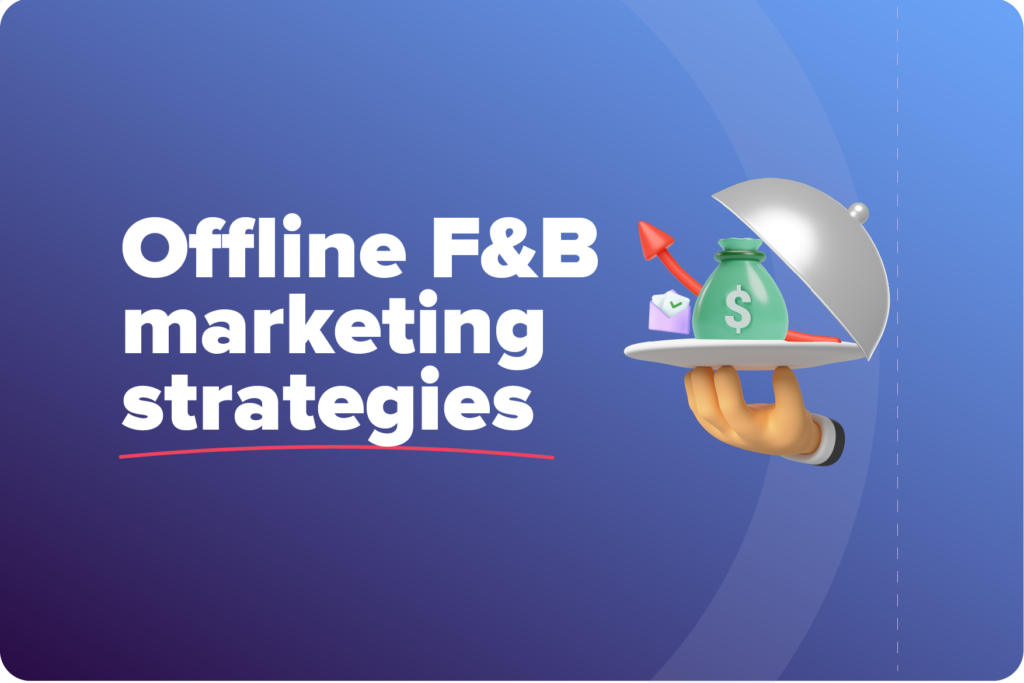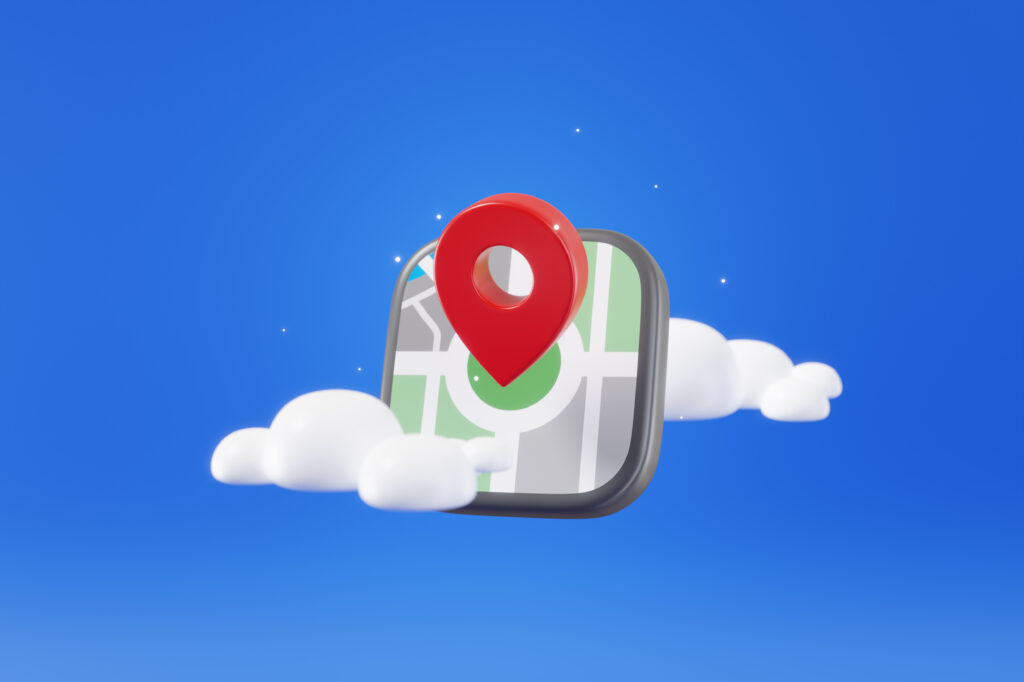The retail landscape has changed dramatically in recent years as new technologies and business models have emerged. Businesses must have a comprehensive strategy for attracting online and offline shoppers to stay competitive in today’s rapidly changing retail landscape.
We’ll discuss some of the most influential retail sales strategies to help you get more customers in your store and increase sales.
Retail sales tips for attracting more online shoppers
As a marketer, you know attracting online shoppers is essential to the success of your retail business. Continue reading to find the best online sales strategies.
Power of optimized product listings
One of the easiest and most effective sales strategies is attracting more online shoppers to your brand and increasing retail sales by harnessing the power of optimized product listings.
Including detailed and relevant information about your products, such as high-quality images, video demonstrations, accurate descriptions, pricing, size charts, and online reviews, you can help potential customers make informed purchasing decisions.
Using clear and compelling product titles incorporating relevant keywords can help boost your search rankings on major search engines like Google and improve your website’s visibility on social media platforms like Facebook and Instagram.
Investing time and resources into optimizing your product listings can significantly improve your chances of driving more traffic to your site and increasing sales.
Add videos to product listings
One of the best ways to engage your customers and close more sales is by incorporating videos into your product listings. You can include short, informative videos that show off the features and benefits of your products on your website or social media pages. If you are selling physical products, you can even record simple “unboxing” videos to give potential customers a better sense of what they can expect from their purchase.
Factors to consider when adding video product listings
- Identify the products you would like to addvideo content. These could be items you have recently added to your inventoryor products that you feel would benefit from the additional promotion
- Create a video that showcases these products inaction, highlighting the features and benefits of each item clearly andengagingly. This could be a simple product demonstration or an overview of keyproduct features
- Upload your videos to each product listing onyour website or social media platform, ensuring that they are clearly labelledso that users know what they are viewing and can easily find the informationthey need
- Monitor the performance of each video, trackingviews and engagement metrics over time to determine which videos resonate moststrongly with your audience and which ones may need some extra attention oradjustment to improve their effectiveness
Use data to fine-tune your website strategy
Keeping track of the big picture can be challenging when you are occupied in day-to-day operations. It’s essential to take a step back every once in a while and assess your business; data plays a vital role here.
It can be challenging to make decisions about your business without actual data. This is where data analysis comes in handy. Sales data analysis, for example, can be used to determine which products are selling well and which are not. You can also identify geographic sales strengths and weaknesses. Additionally, you can track year-over-year sales statistics.
By understanding your business’s online activity and optimizing our sales channels, you can make more informed decisions that will help bring in more sales.
Bring left-behind shoppers back to your online store

Bring abandoned shoppers back to your online store by understanding why they left your website without making a purchase. Some common reasons include high prices, slow checkout processes, or poor website design, making it difficult for users to find the products they want.
Once you have identified and addressed these issues, you can begin using shopping cart tracking and conversion tools to help you better understand how customers are browsing your site and which products they are most interested in buying.
These tools can also help you create tailored email marketing campaigns or retargeting ads that entice shoppers to the site and encourage them to complete their purchases.
Optimize your website for search engines and social channels
To make your website visible to search engines, take a holistic approach that covers SEO and includes paid advertising strategies such as PPC, social media marketing, and affiliate marketing. This will help you reach your existing customers, target a wider audience, and drive more traffic to your website, ultimately increasing your search rankings and online visibility. The key to optimizing your retail website for search engines to driving online sales lies in regularly monitoring and optimizing your online marketing efforts to ensure they work effectively.
Search Engine Optimization
Conducting thorough keyword research is the first step to attracting more visitors to your retail website and increasing sales through search engine optimization. This will help you identify the most relevant keywords and phrases pertinent to your niche, which people are searching for regularly.
You can then use these keywords effectively throughout your website content, titles, headings, meta descriptions, image alt text, and other on-page elements, as well as off-page factors like backlink profiles and social media engagement metrics.
Paid advertising
Consider investing in paid advertising to attract new customers—Pay-per-click (PPC) campaigns or social media advertising help to boost your search rankings and visibility.
Social Media
Optimizing your website for social media platforms like Facebook, Twitter, and Instagram is also essential to increase online sales. These platforms offer unique opportunities to engage with potential customers and drive traffic to your site through social media marketing campaigns.
Optimizing all of the necessary elements of these platforms, such as image sizes and post copy, is essential to maximize their impact on reaching more customers online.

Ensure sure your website is responsive
Your website must be responsive and fast enough to keep visitors engaged.
According to marketing consultant Neil Patel, 40% of people will abandon a website if they have to wait more than three seconds for it to load. Optimizing your site’s speed and responsiveness can help you retain visitors and maximize conversions.
One of the most critical steps to making your website more responsive (mobile-friendly) is optimizing your website’s content for mobile users. Make sure your website adapts to different screen sizes or optimizes images and videos so they load quickly on mobile devices.
A content delivery network (CDN) can help speed up your website by caching data closer to users’ locations.
Consider using tools like Google’s PageSpeed Insights or Webpagetest.org to identify ways to improve the performance and speed of your website on mobile devices. Focusing on these critical factors can help ensure that your website provides a great user experience for visitors, regardless of whether they are accessing it from a desktop computer or a mobile device.
Paying attention to your site’s loading time and responsiveness is essential in creating a positive user experience that encourages repeat visitors.
Upsell and cross-sell on product pages

Adding upsell and cross-sell options on purchasing pages can boost your sales and increase your profits. These techniques encourage customers to buy more items or add-ons, which can help you increase the value of each deal, increase sales and profit margins and improve your overall revenue.
Upsell and cross-sell strategies can be implemented in several ways, such as recommending similar products that might also interest your customers, highlighting related content, or offering discount codes for other items in your store.
To implement these strategies on your purchasing pages, you should think carefully about how your customers are likely to shop and what they are most likely to purchase. For example, suppose you notice that many customers browse through several different product categories before making a final decision; you may want to incorporate cross-selling suggestions into those sections of your site.
Remember that any upsell or cross-sell suggestions you include are relevant and valuable for your customers. This will ensure they feel safe
and confident in making purchases they may not need or want. Finally, it would help if you always considered testing different variations of these strategies on your site to determine what works best for your business and customer base.
Include customer testimonials on product pages
A strategy that always works in improving the retail shopping experience is to include customer reviews on product pages. Product reviews give consumers a better sense of the quality and value of a particular product, which can help inform their purchase decisions.
To include product reviews on pages, retailers implement rating and review features within their e-commerce platforms or partner with third-party review sites to integrate user ratings and feedback directly into their websites or apps.
Offline Marketing Strategies for Retail
Despite the rise of digital marketing, many businesses still rely on attracting customers through traditional methods like print advertisements, promotion events, and personal interactions to drive sales. If you’re looking to attract more customers offline, here are a few tips to get you started.
Seek publicity in local publications
An effective offline marketing strategy for attracting more customers to your business is to seek publicity in local publications, such as local newspapers and magazines. Raise awareness of your brand and gain wider exposure among potential customers in your area. You can leverage local publications platforms to share news about special promotions or offers running, which helps drive more traffic to your retail store and boost sales.
Offers in-store discounts

Start looking into different promotions and discounts that appeal to your customers. These promotions can include buy-one-get-one-free offers, seasonal sales, or gift card promotions. Work with other local businesses to bundle your offers for a special promotion that will attract even more attention.
Another great way to offer discounts and specials is by running a rewards or loyalty program. This type of promotion rewards customers who make purchases or take specific actions on your website or in your store with points or credits they can redeem later for special discounts or free products.
Reach customers through direct marketing
Direct marketing is a powerful tool for reaching potential customers and building relationships with existing customers. The most effective direct marketing approach is creating a customer database that tracks critical information about your customers, such as purchase histories, buying preferences, and demographic data. This data can be used to create more personalized offline marketing campaigns that speak directly to your target market.
Distribute flyers in the neighborhood
Effective flyer distribution campaigns are the best ways to get the word out about your retail products. This involves distributing flyers to local businesses, community centres, schools, and other locations where your target audience is likely to frequent. You can either create your flyers or enlist the help of a professional design agency to help you create attention-grabbing designs.

Direct mail campaigns
Another effective offline marketing strategy for retailers to increase sales is direct mail campaigns. This involves sending out targeted mailers directly to a list of potential customers in your area. Direct mail campaigns can effectively reach new audiences and build awareness and interest in your brand.
Host events around your business
Host events that create buzz around your brand. The event could include launching new products and hosting special sales or promotions. For example, if you’re a retailer, you could host an event that showcases the latest trends in fashion or offers discounts on key items. Events help attract new customers and engage existing ones, driving interest and excitement around your brand.
Conclusion
The key to successfully marketing your retail business is to develop creative strategies that effectively engage your target audience and encourage them to visit your business. Whether through targeted advertising campaigns, creative promotional offers, or other innovative marketing tactics, focusing on customer engagement will help you stand out from the crowd and maximize ROI from your marketing efforts.
Using some or all of these retail business strategies can help capture a more significant portion of the digital shopping market. Remember that it might take trial and error to find which tactics work best for your unique products, target audience, and eCommerce goals.
Being open to new ideas and willing to experiment, you’ll be on your way to driving more traffic – and sales – to your store.






